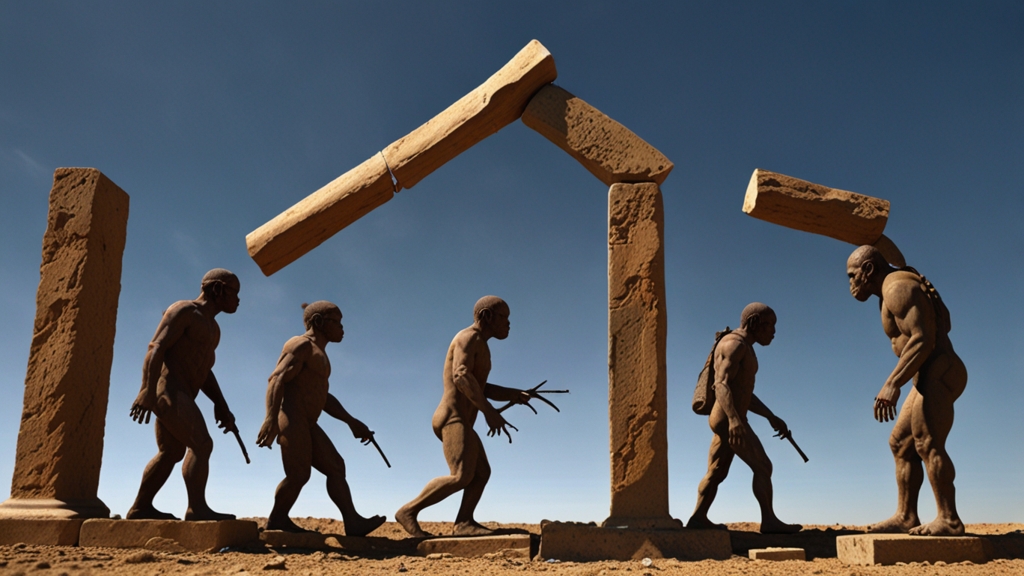Introduction
The statue of David, crafted by Michelangelo between 1501 and 1504, is not merely a representation of the biblical hero but a symbol of cultural significance and artistic genius. This marble masterpiece stands over 14 feet tall and captures the essence of human strength, beauty, and divinity. Throughout centuries, David has not only been a focal point in Renaissance art but has also influenced various aspects of culture, politics, and identity. This exploration delves into the profound impact that Michelangelo's David has had on society and art history.
Artistic Mastery
Michelangelo's David is widely regarded as one of the greatest achievements in the history of art. This remarkable sculpture exemplifies the ideals of the Renaissance, emphasizing humanism, naturalism, and anatomical precision. The attention to detail in David's muscular structure, poised stance, and contemplative expression highlights Michelangelo's exceptional skill and deep understanding of human anatomy. Even today, art students and historians study David for its technical mastery and artistic innovation.
"The statue of David epitomizes the human form, capturing both physical perfection and the introspective power of the human spirit." - Art Historian Patricia Ross
Symbol of Florentine Identity
Beyond its artistic brilliance, David holds a significant place in the cultural identity of Florence, Italy. Originally commissioned as a symbol to be placed atop Florence Cathedral, it was deemed too magnificent to be elevated and was instead placed in the Piazza della Signoria, outside the Palazzo Vecchio. David became a symbol of the Republic of Florence's resistance against tyranny and its quest for civil liberties. The statue, with its intense gaze and poised stance, is a testament to the city’s unwavering spirit and democratic principles.
Cultural and Political Influence
David's influence extends beyond the realm of art and regional pride; it has played a pivotal role in various cultural and political movements. During different historical periods, David has been embraced as a symbol of strength and defiance. For instance, in the 19th century, the statue was viewed as an emblem of Italy's unification movement, embodying the nation's struggle for independence and unity.
"In David, we find a universal hero. His story transcends time and space, and his figure becomes a beacon of hope and resilience for all oppressed people." - Historian Martin Spencer
Modern Interpretations and Replications
In contemporary times, David continues to inspire artists, scholars, and the general public. Replicas of the statue have been erected in various locations worldwide, from the United States to Australia, symbolizing the global appreciation of this Renaissance masterpiece. Modern artists often reference David in their works, exploring themes of beauty, power, and vulnerability anew. Additionally, the digital age has seen countless reinterpretations of David, showcasing its timeless relevance.
"David's image has permeated modern culture—from fashion to film, reinforcing his lasting influence and the universal language of art." - Cultural Critic Joan Meyer
Conclusion
The statue of David remains one of the most iconic and influential works of art in human history. Michelangelo’s creation not only showcases unparalleled artistic talent but also embodies the cultural and political aspirations of its time. David's enduring legacy continues to captivate and inspire, serving as a testament to the power of art to reflect and shape human identity. As we continue to admire and study this magnificent sculpture, we uncover deeper layers of its significance, affirming its place in the annals of cultural history.










